With an abundant sampling of work by the greatest practitioners of modern art in Québec, the Pierre Lassonde collection traces the lines of interest of a singular passion.
From the Impressionists to the Plasticiens by way of the members of the Beaver Hall group and the Automatists, this selection of a hundred key paintings in the history of Québec art is a unique opportunity to plunge into a world of astonishing aesthetic connections and unusual dialogues between the senses. You will see through completely new eyes, those of an astute and sensitive collector, the work of artists such as Marc-Aurèle Fortin, Clarence Gagnon, Marc-Aurèle de Foy Suzor-Coté, Helen McNicoll, Paul-Émile Borduas, Marcelle Ferron, Jean Paul Lemieux and Jean-Paul Riopelle.
THE EXHIBITION, FROM ONE ROOM TO ANOTHER
Bedroom
The everyday experience of living in contact with works of art depends on where they are located in the house. This location is often motivated by a search for a specific ambience. The way they are grouped together is tied to questions of the senses and affect, but also to space limitations and the kind of furniture in the room. In the dining room you have just left, for example, the still lifes by Marc-Aurèle de Foy Suzor-Coté, Jauran, Jean Dallaire and Stanley Cosgrove were placed together thematically, while the soft light and iridescent colours of Adrien Hébert’s and Helen McNicoll’s outdoor scenes give this bedroom a peaceful atmosphere.
Alcove
One of the liberties of a collector is to be able to place in proximity paintings arising out of artistic projects which have rarely been considered in light of the other. We have been inspired by this approach here by presenting Clarence Gagnon’s The Clearing in the Woods (between 1908 and 1913) alongside Jean-Paul Riopelle’s Undergrowth II, two of the first artists to enter Pierre Lassonde’s collection. Although each artist’s treatment in these two compositions is radically different, they demonstrate the same desire to explore the features of Québec nature, such as the winter’s light, wilderness areas, topography, vegetation and even the particular physical experience of our vast land and the imaginary realm tied to living on it.
In the work of Riopelle, Gagnon, Suzor-Coté and Cullen, the Québec landscape reveals its grandeur in images which most often depict it as mysterious and unconquerable. This subjective, sensory experience is surely what the collector is trying to feel and to make us feel by creating a grouping of their works such as this. This exhibition spaces seeks to encourage a similar experience.
Hallway
While we recognize from the outset how Jean McEwen works the surface and the paint, conceived as in the work of many of his contemporaries as the central topic of his paintings, the situation was much different for artists working in the early twentieth century. And yet one of the earliest liberties taken by the Impressionists concerned, precisely, the materiality of the painting. Abandoning the finish of academic compositions, painters such as Suzor-Coté revealed the density of the paint and how it was applied. In subsequent years this phenomenon would come to be seen as foundational for so-called “modern” painting.
Vestibule
Whether it is employed to express the materiality of the light, as with the Impressionists, or to create a connection, through painting, with the dynamics of nature or even with the physical experience of our contact with it, the landscape provides numerous ways to experiment with new aesthetic approaches. This is what explains its continued presence in the contemporary painting vocabulary found in Jean Paul Lemieux, Paul-Émile Borduas, Jean-Paul Mousseau and Jean McEwen. The imaginary realm called up by the painter to think about the space of the painting itself is often tied to the notion of landscape. The essential point is less to reproduce a landscape than to provide a visual experience by devising a specific approach to applying the paint to the canvas, a quest shared by every artist represented in the Pierre Lassonde collection.
Salon
Landscape painting, whether it is motivated by a desire to document an activity, as in the work of Cornelius Krieghoff, or takes on metaphorical or even metaphysical dimensions, as in the work of Jean Paul Lemieux, is the dominant genre in the Pierre Lassonde collection. Amply employed by Québec painters, this genre has been the site of formal innovations which today are seen as foundational for modern Québec art.
The walls of Pierre Lassonde’s living room, on which several winter landscapes by some of the most important artists in his collection hang, also display several non-figurative works. Borduas, for example, reinterprets the experience of the land in winter by treating the internal structure of his paintings like zones in movement, alive with forces similar to that of an ecosystem.
Hallway
In the early 1940s, Paul-Émile Borduas and several of his students at Montréal’s École du meuble began explorations of pictorial space and of the paint itself, for their own sake, in order to free painting from the role of representing reality to which it had too long been assigned. They also argued for the primacy of subjectivity in apprehending reality and, by extension, each person’s necessarily unique perception of the world and of art. Their pictorial experimentation took various forms, drawing on the artistic movements developing at the same time in North America and Europe in the post-war period, such as gestural painting, Lyrical Abstraction, Tachisme, Automatism and Abstract Expressionism.
The artist who were signatories to the Refus global (Total Refusal) manifesto are seen as having made a fundamental contribution to the history of Québec art, both in the power of the voices it brought to light and in its resonances, still perceptible today, in the Québec arts milieu. It was precisely the importance of this contribution which led Pierre Lassonde to collect work from the 1940s and 50s.
Alcove
The collecting process is not simply one of a series of purchases, although the financial aspect is a question that is difficult to ignore. The art market is perhaps the economic sphere most subject to major fluctuations. An artist’s “stock” on the market can rise and fall by turns according to sometimes complex causes. The rarity of a certain kind of work, an artist’s popularity, the collecting of his or her work by several collectors simultaneously, interest in this same artist on the part of institutions, the most recent discoveries about the artist, their being featured in a recent exhibition or publication and the state of conservation of their work are all factors in their fluctuating value on the market. This situation requires the collector to stay up to date or to seek advice from a professional in tune with the market and its peculiarities. For the collection to grow, the collector’s knowledge and even the way he or she views artworks on a daily basis must be constantly kept up to date. While some collectors remain loyal to their original passion, with others their centre of interest is renewed over time. In this sense, it is fascinating to observe the evolution of a collection, because it reveals not only the fluctuating availability of works on the market but also changes in the collector’s tastes and his or her willingness of give a new direction to the ensemble they have created.


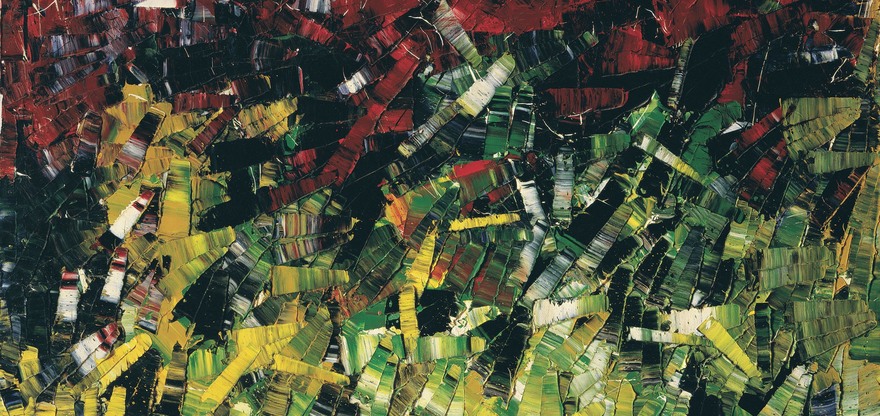



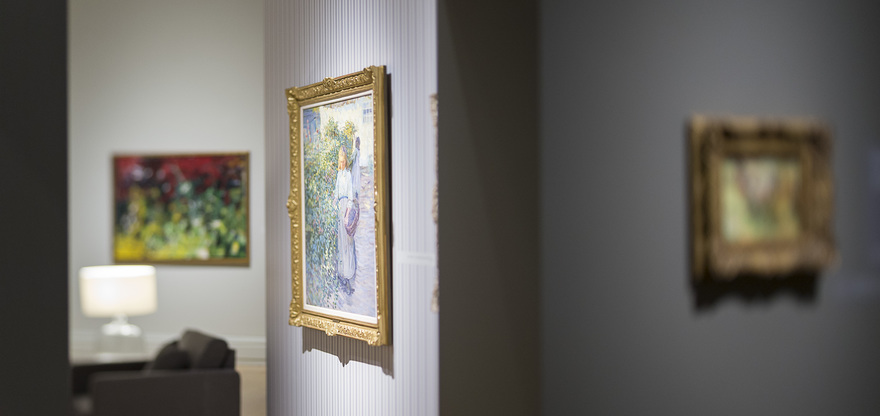
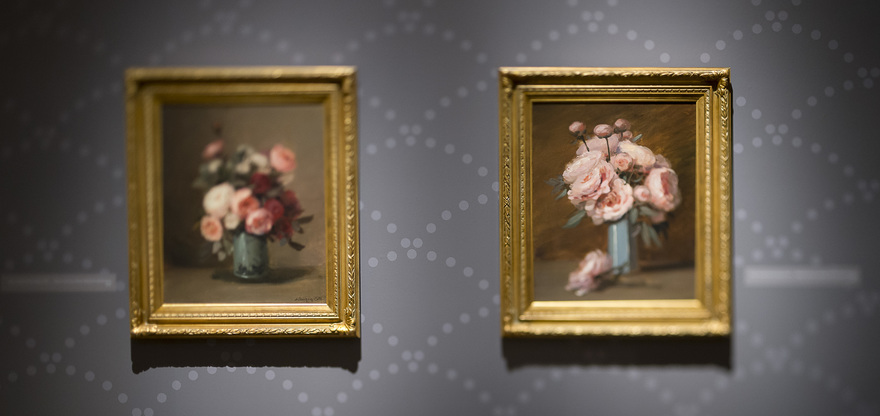
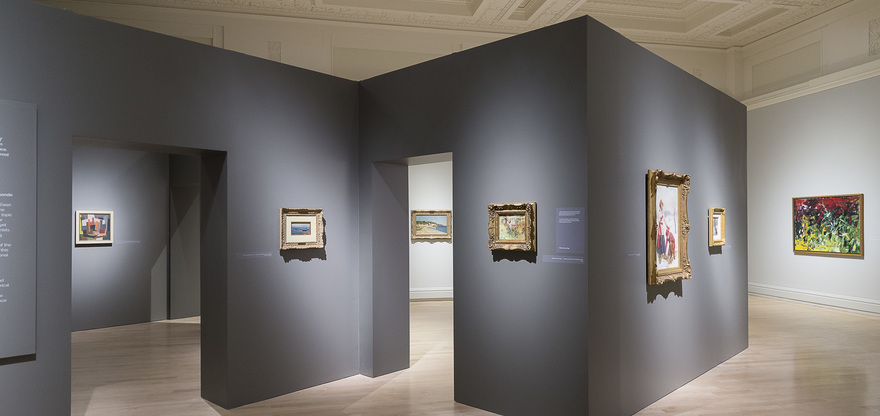
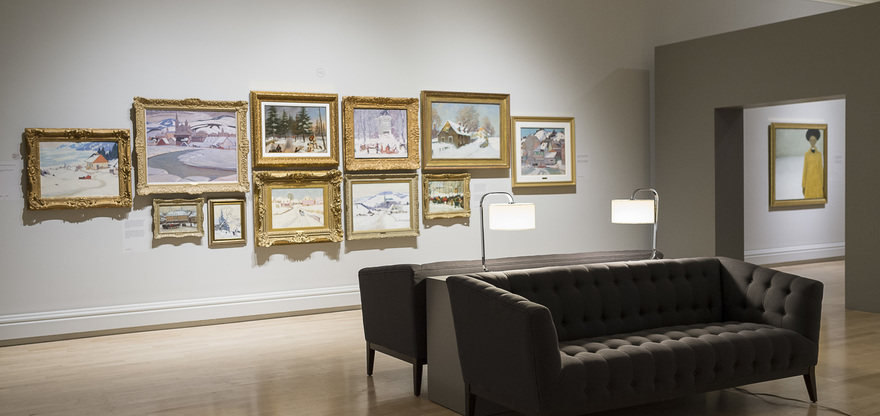

Give us your feedback